Communication scholars research TV in the workplace, women entrepreneurs, and high reliability organizations
It is not an earth-shattering revelation that many of us spend more time with our co-workers and colleagues than with our significant others, families and friends.
"Work is central to our lives," says Department of Communication Studies Chair Greg Dickinson. "And, our relationships with coworkers, our understanding of work itself, and our ability to make sense of our jobs all depend on communication."
As a result, work is also central to the scholarship of several communication studies faculty.
From taking a historical look at how organizations have shaped the meaning of work through media to helping emergency responders debrief critical incidents, each of the faculty below are making significant contributions to how we value, think, and feel about the work we and others accomplish:
- Assistant Professor Kit Hughes is advancing the relatively new subfield of "useful media" through a book project that explores the corporate use of film and television to manage labor;
- Assistant Professor Ziyu Long is exploring the relating and organizing strategies that female entrepreneurs in China, Denmark, and the United States use to succeed and excel in a traditionally male-dominated role; and,
- Associate Professor Elizabeth Williams is helping high reliability organizations (or organizations that operate in high risk environments such as fire departments) improve how they debrief and learn from critical incidents.
Their research shows that the intersection of work and communication is not only deeply important to our personal well-being, it also matters socially, culturally, and economically.
Corporations, Labor, and Useful Media
Media studies faculty Kit Hughes is interested in how some of America's most powerful institutions of the 20th Century, such as corporations, schools, governments, and hospitals, used non-theatrical film and television, or "useful media," to persuade publics, manage their members, and develop their identities.
Her current book project, Television at Work, explores how the so-called “domestic medium” was central to corporate efforts to expand operations, pursue industrial efficiency, and inculcate preferred ideological orientations in the second half of the twentieth century.
She notes that, among other things, business and industry built extensive private television networks to distribute live and taped programming, leased satellite time for global videoconferences and program distribution, created complex closed-circuit television data search and retrieval systems, encouraged the use of videotape for worker self-evaluation, used cassettes for training distributed workforces, and wired cantinas for employee entertainment and team-building.
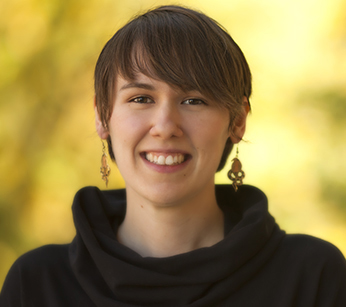
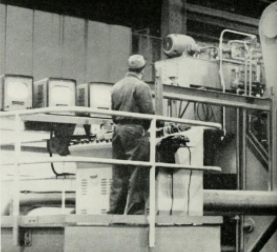
“Ultimately,” she says, “I hope to contribute to studies of how work develops people's understandings of the world and their place in it--socializing them to the conditions and expectations of capitalism.”
Hughes offers an example. “Normally when we think of videocassettes (if people still think of them), we think of the video store and home movies. But videocassettes were actually one of the first electronic technologies designed to enable workers to take work home with them.” In short, companies exploited “the affective relationship workers had developed with TV—which had a reputation of being fun, persuasive, and entertaining—in order to soften the blow of blurring lines between leisure and labor,” Hughes says.
Hughes says the rise of satellite networks in the 1980s and 90s furthered this tactic as Fortune 500 companies started to distribute live, semi-interactive TV programming in which the top brass attempted to situate themselves as concerned and personable leaders, shape worker identity, and dispense morale-boosting messages. This trend corresponded with and attempted to offset the material worsening of working conditions experienced by workers during a period of significant downsizing decreasing remunerations.
According to Hughes, one of the implications of her research is to better understand the ongoing intensification of work, especially via agnostic technologies such as computers and TV that have helped dismantle boundaries between work and leisure.
From Resistance to Resilience
For startup entrepreneurs, working all the time is not an issue. You do what you need to do to start your business. But as the research of Assistant Professor Ziyu Long shows, accomplishing “what you need to do” can come with a host of barriers, particularly for women.
One of Long’s current research projects focuses on how women entrepreneurs, who have spent three years or fewer building their companies, “do entrepreneurship on a daily basis.” She has interviewed women in China, Denmark, and the U.S. and found that they consistently describe entrepreneurship as a gendered experience.
For example, a woman from Hangzhou, China shared that she was not successful in recruiting male engineers to work for her, despite her degree in computer science and her strong industry experience. Her solution to resisting what she perceived as male prejudice against working for a qualified woman was to hire a male recruiter who successfully found her the engineers she needed. Afterward, she emerged as the CEO.
However, even then women fear they won’t be as valued as a CEO compared to men, especially in the tech field. “Women tech entrepreneurs from all three countries face gender stereotypes. They were often perceived as lacking technical expertise and logical reasoning skills,” Long says.
In the case of the Chinese tech entrepreneur, she tackled perceived gender discrimination by a move that may be seem like a reinforcement of discrimination (hiring a male recruiter to find the engineers she needed), but that could also be interpreted as an act of resilience. She recognized the barrier and then worked around it, given the limited time and resources she had to establish a tech company in a competitive market.
While most startups fail, Long argues that women entrepreneurs who succeed have learned to turn resilience into a daily act. “They constantly create new norms so they can keep their career and company sustainable,” Long says. They have figured out how to bounce back from difficulty and adapt.
“They know how to actively change to stay present, and they know when to let go, which sometimes is also a form of control,” says Long, whose research has not concluded. She will continue interviewing Colorado-based women entrepreneurs into the summer before writing up her study that aims to offer practical implications to the local entrepreneurial community as well as insights to help closing the gender gap in the global entrepreneurial scene.
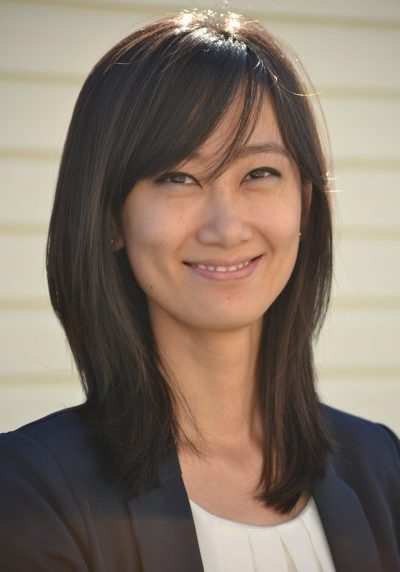
Helping High Reliability Organizations Learn and Thrive
Former Poudre Fire Authority (PFA) battalion chief of training Randy Callahan says he got lucky when he met associate professor Elizabeth Williams, “very, very, very lucky.”
Callahan, a recently retired 24-year PFA veteran, had moved into his chief of training position and wanted to analyze past trainings and emergency responses to determine a future training plan. He was directed to the Department of Communication Studies, and eventually to Williams, whose doctoral research in organizational communication focused on multi-team emergency response systems.
High reliability organizations, such as fire departments like PFA or air traffic controllers, traffic in risk. These organizations are expected to consistently operate in environments in which loss of life or catastrophic damage could occur if the system fails, and these organizations actively work to prevent such loss.
But not everything goes according to plan. Planes make emergency landings on the Hudson River. Tsunamis flood nuclear reactors. An entire crew of hotshot firefighters dies while becoming entrapped by the very fire they are fighting. High reliability organizations, and their members/employees, are constantly assessing risk, both their own and that of the people they safeguard.
When something catastrophic does happen, Williams studies what, how, and why the incident occurred. “How do we embrace the messiness of human decision-making and human risk assessment while still making sure that really bad incidents don’t happen?” she asks.
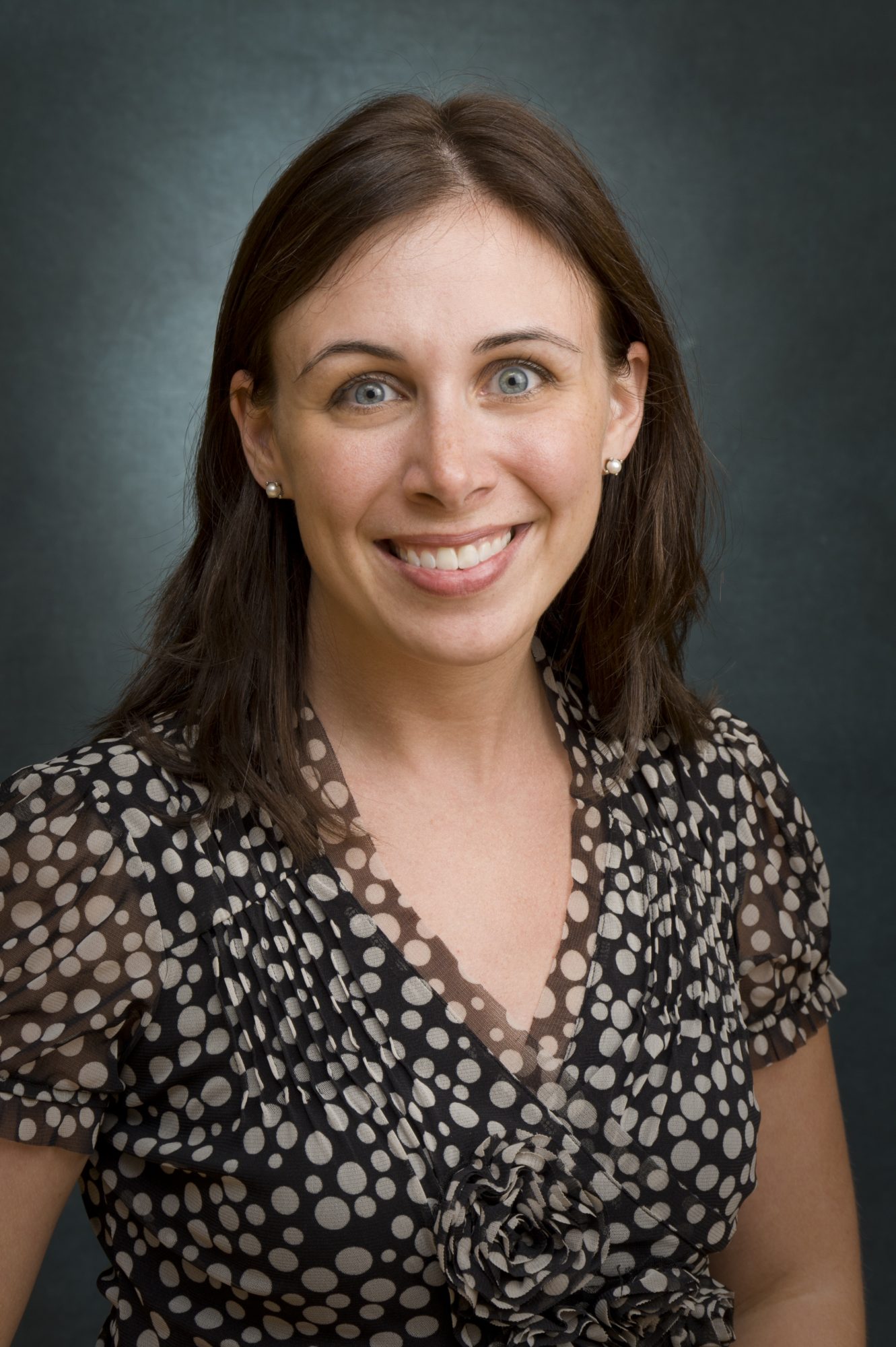
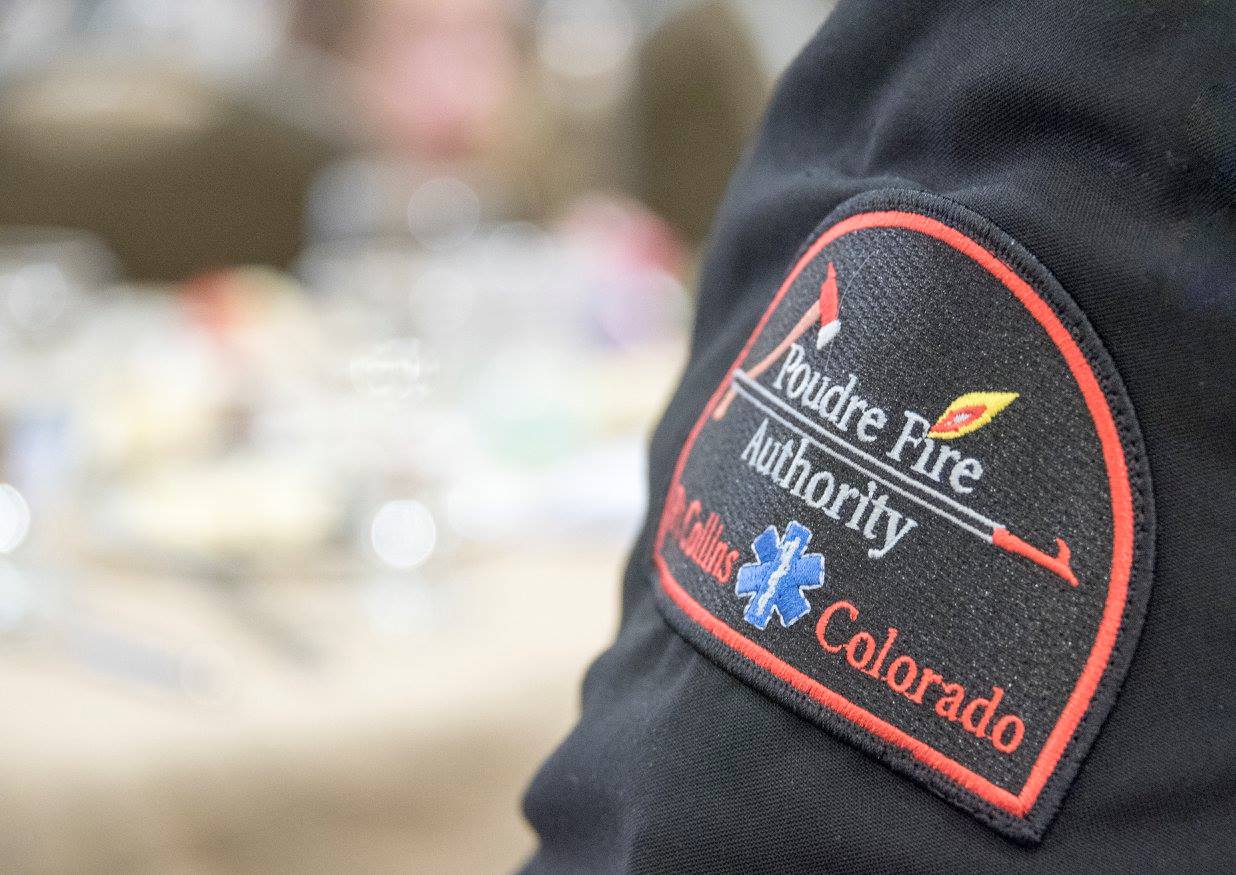
For Williams, communication is the crux to success of high reliability organizations such as the PFA. And incidents don’t have to be catastrophic to be learning opportunities. “How do we communicate about small errors in a way that gives people the agency to make changes that need to occur?” she asks.
That question was central to Williams evaluation of seven years worth of PFA ‘After Action Reviews’ data. After Action Reviews are written documents that objectively report what happened during an incident. The scale of the written report as well as the size and length of in-person debriefs correlate to the severity of the fire.
Williams also surveyed firefighters at all 13 stations to learn about their experiences during After Action Reviews and to assess their training needs.
“I found that the information shared during an After Action Review debrief stays in the room with those people,” Williams says. “That doesn’t allow for larger organizational learning to occur. How do you take an organization that is dispersed – they have multiple stations, multiple shifts, someone is always on call or off duty – and make sure that all members are learning from these events?”
Ultimately, Williams’s research landed on a crucial issue: neither the After Action Reviews nor the trainings addressed “the whys” behind an incident, so Williams and Callahan got to work determining where they could plug in opportunities for “the whys” into the After Action Review reporting process. Williams then helped Callahan write a purposefully built three-year training plan that relies on more contextual evidence to address “the whats.”
“What I’ve learned is that everything is about communication: Life is about communication. Work is about communication,” Callahan says.
As a result, PFA established a fire behavior committee that offers quarterly trainings focused on helping firefighters learn how to get water on a fire faster. “Our training programs are improving our timelines,” Callahan says.
As Williams takes lessons learned from PFA and examines other high reliability organizations, she has started to think about the nature of reactive change. “It’s hard to institute change until something bad happens,” she says.
During her upcoming sabbatical she will explore how organizations can be more proactive in their change initiatives.
This kind of research, Dickinson says, reflects how nearly every part of work is made better or worse through communication. "We manage our sense of self, we learn about others, we teach ourselves and others how to do our work through communication," he says.
"The study of the relationship between work and communication is really a study into fundamental ways of being. Improving communication about and at work would go a long way toward improving the everyday lives of many."
"Improving communication about and at work would go a long way toward improving the everyday lives of many."
– Greg Dickinson, Chair of the Department of Communication Studies
